Maintaining a clean pool requires more than just skimming the surface. The foundation of a safe and inviting swimming pool lies in properly balanced water chemistry. For pool owners across Australia, learning how to balance swimming pool water is essential.
This guide to balanced pool water chemistry covers the role of pool chemicals, the importance of testing, and how to maintain chemical levels that support a healthy, safe swimming environment.
Why Pool Water Chemistry Matters
Balanced pool water is critical to both swimmer safety and the longevity of your pool equipment. Poor water balance can cause a host of problems, including algae growth, skin irritation, cloudy water, and equipment corrosion.
Maintaining the correct chemical levels helps to:
- Protect swimmers from eye and skin irritation
- Prevent bacteria and algae from spreading
- Stop damage to pool surfaces and internal components
- Maintain proper chlorine levels for effective sanitisation
- Extend the life of pool equipment and filtration systems
Free chlorine works most efficiently when pH, alkalinity, and calcium hardness are all within their ideal ranges. When one factor is out of balance, the rest of the system is affected, leading to poor sanitation and unstable water quality.
Pool water that is perfectly balanced guarantees safety and helps all systems run smoothly.
Core Chemical Components of Pool Water
Keeping your pool water balanced starts with understanding the key chemical elements involved in pool chemistry.
pH Levels
The pH level measures the acidity or basicity of the water. The best pH range for a pool is 7.4 to 7.6. Staying within this range ensures that your chlorine is effective, prevents skin and eye irritation, and reduces wear on pool equipment. A balanced pH also prevents equipment corrosion and scaling, further contributing to the longevity of your pool.
Alkalinity
Alkalinity stabilises the pool’s pH levels. The ideal range is 80 to 150 parts per million. Low alkalinity can lead to acidic water, rapid pH swings, and corrosion. High alkalinity makes it difficult to adjust pH and may result in cloudy water.
Calcium Hardness
Calcium hardness refers to the concentration of dissolved calcium in your pool water. The ideal level is 200 to 300 parts per million for most pools. Low calcium hardness causes aggressive water, which can corrode pool walls and internal equipment. High calcium hardness contributes to scale formation and cloudy water. Balanced calcium hardness prevents corrosion of your pool and equipment by combating aggressive water.
Chlorine and Sanitisation
Chlorine sanitises pool water by eliminating harmful microorganisms. Free chlorine levels should remain between 1 and 3 parts per million. Combined chlorine, which is less effective, should be minimal. If levels fall too low, bacteria and algae may multiply rapidly.
To protect chlorine from breaking down in sunlight, cyanuric acid is used as a stabiliser. Maintain cyanuric acid levels between 30 and 50 parts per million. Be mindful of using stabilised chlorine tablets, as they increase cyanuric acid over time.
How to Test and Adjust Your Pool Water
Monitoring chemical levels is essential for maintaining water balance. Using a pool test kit helps identify imbalances early and allows for timely corrections. Regular testing helps identify and correct any water quality issues promptly, ensuring a safe and clean swimming environment.
Testing Frequency and Tools
- Test pool water at least two to three times per week
- Use pool testing strips for a quick overview of pH, chlorine, and alkalinity
- Digital testing kits provide more accurate, detailed results
Testing your pool water weekly is important to keep it balanced and safe for swimmers.
Ideal Water Chemistry Ranges
- pH level: 7.2 to 7.8
- Alkalinity: 80 to 150 ppm
- Calcium hardness: 200 to 400 ppm
- Free chlorine: 1 to 3 ppm
- Cyanuric acid: 30 to 50 ppm
Adjusting Water Balance
To maintain proper balance, you may need to add pool chemicals:
- Use sodium carbonate or a pH increaser to raise pH levels
- Use muriatic acid or hydrochloric acid to lower pH and alkalinity
- Use a calcium hardness increaser if levels are too low
- Apply pool shock treatments when chlorine levels need rapid correction
Be sure to follow product instructions and allow your pool filter to run after any chemical treatment to ensure even distribution.
Pool Maintenance Tips for Long Term Water Balance
In addition to chemical balance, routine pool maintenance helps maintain a clean pool and prevents issues from developing.
Cleaning and Circulation
- Skim the surface daily to remove leaves and body oils
- Brush the walls and floor weekly to prevent algae growth
- Vacuum weekly to eliminate settled debris
- Run your pool filter for the recommended hours each day
- Use a pool cover to reduce contaminants and maintain water temperature
Vacuuming the pool weekly helps remove dirt and debris from the bottom.
Weekly Pool Care Checklist
- Test water chemistry
- Adjust chemical levels as needed
- Inspect the pool filter and pump for clogs or damage
- Clean skimmer baskets and filters
- Look for signs of cloudy water or algae formation
Keeping your pool clean and your water chemistry consistent prevents costly repairs and creates a safe, pleasant swimming experience.
Troubleshooting Common Pool Water Issues
Even with regular maintenance, issues can arise. Understanding what causes common problems helps you respond quickly.
Cloudy Water
This often results from incorrect pH levels or inadequate filtration. Test your water and clean or backwash your filter. Check for calcium scaling or high total dissolved solids.
Algae Growth
If chlorine levels drop too low, algae can quickly take hold. A green pool often means an algae outbreak. Brush surfaces and apply a pool shock treatment, then retest after 24 hours.
Skin and Eye Irritation
Improper chlorine levels or an imbalanced pH can irritate swimmers. Verify the pH is between 7.4 and 7.6 and ensure chlorine is within the ideal range.
Scaling and Corrosion
High calcium hardness leads to scaling, while low levels cause corrosion. Maintain calcium hardness between 200 and 300 ppm to protect pool surfaces and equipment.
Hard to Adjust pH
High alkalinity often makes pH hard to move. Lower alkalinity gradually using hydrochloric acid and retest frequently.
When to Call a Pool Professional
While many pool owners manage water balance on their own, certain situations call for expert help:
- Ongoing cloudy water despite regular treatment
- Persistent algae growth
- Difficulty maintaining chemical levels
- Suspected equipment corrosion
- Unique needs for indoor pools or fresh water systems
A qualified pool professional can assess water quality issues, recommend solutions, and ensure your pool stays in perfect condition.
Final Thoughts on Balanced Water Chemistry
Achieving and maintaining water balance is one of the most important aspects of pool care. By testing regularly, adjusting chemical levels appropriately, and following consistent maintenance routines, you can keep your pool clean, clear, and ready for swimmers.
Balanced pool water protects your investment, ensures swimmer safety, and reduces long-term maintenance costs. Stay within the ideal ranges for pH, chlorine, alkalinity, and calcium hardness, and consult with professionals when needed.
For reliable service, expert advice, or assistance with pool chemicals and water testing, reach out to the team at 1 Pool Care. We are here to help you keep your pool in top shape all year round.
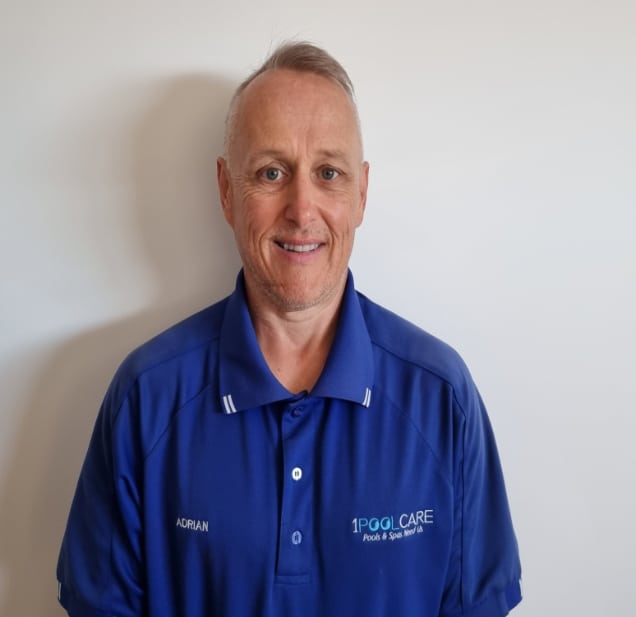
With over 20 years of industry experience, Adrian Mole is the founder of 1 Pool Care, a leading mobile pool service in Perth. Known for his expert knowledge and reliable service, Adrian delivers professional pool cleaning, equipment repairs, and water balancing across the metro area. Backed by SPASA accreditation, he’s committed to quality, convenience, and customer satisfaction.

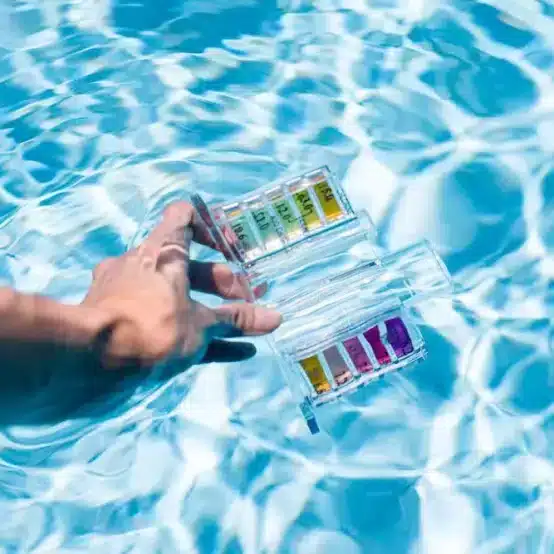
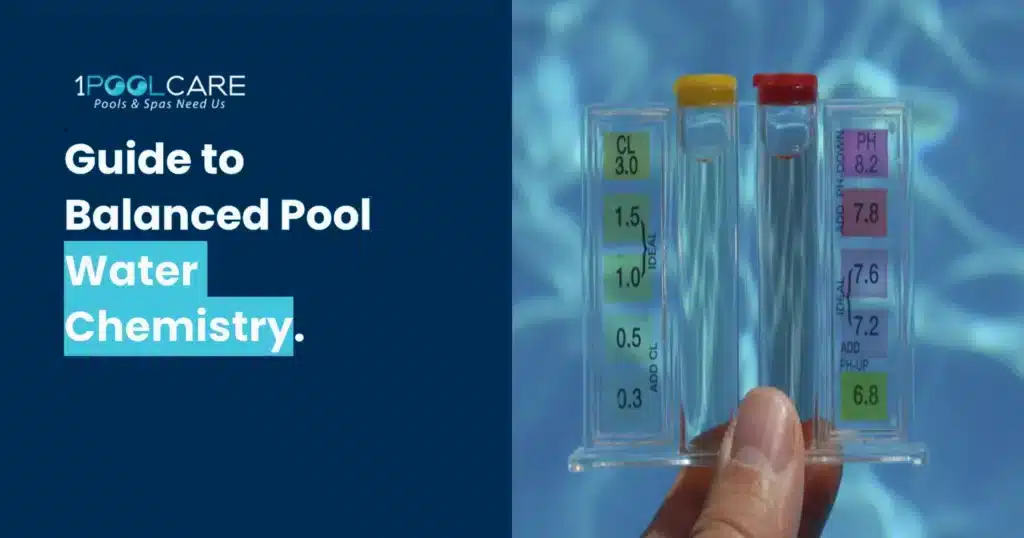

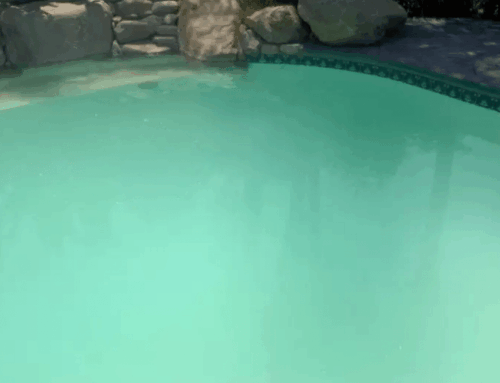
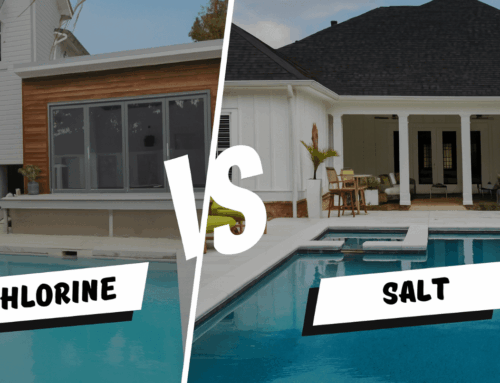
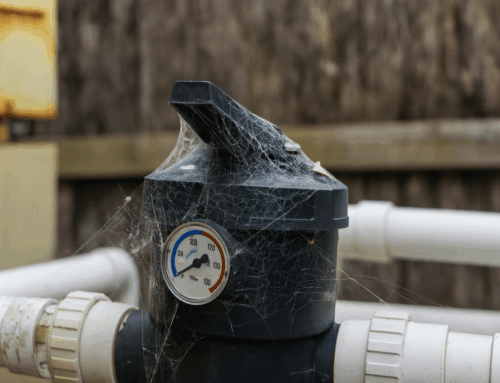





Social Media